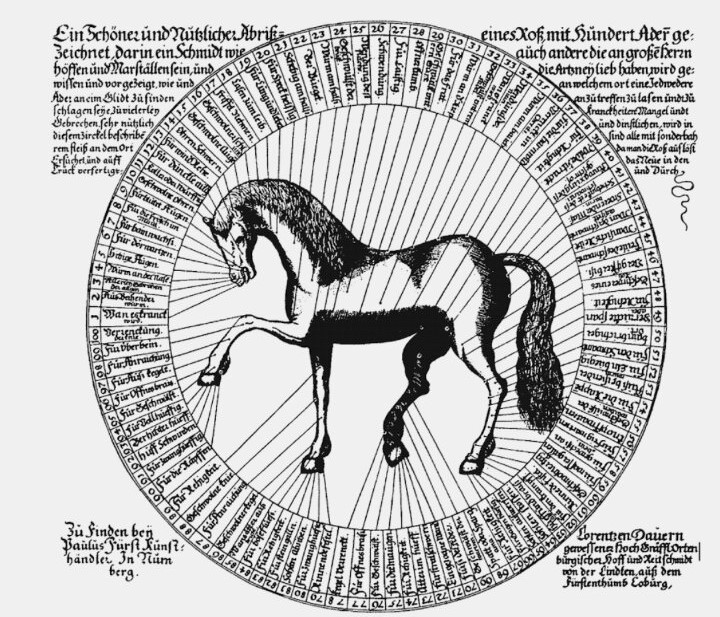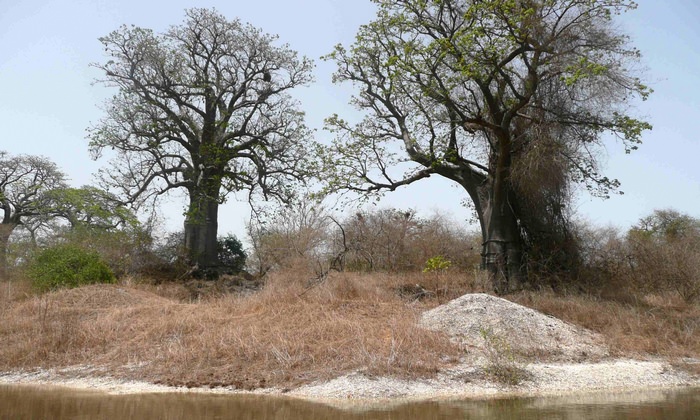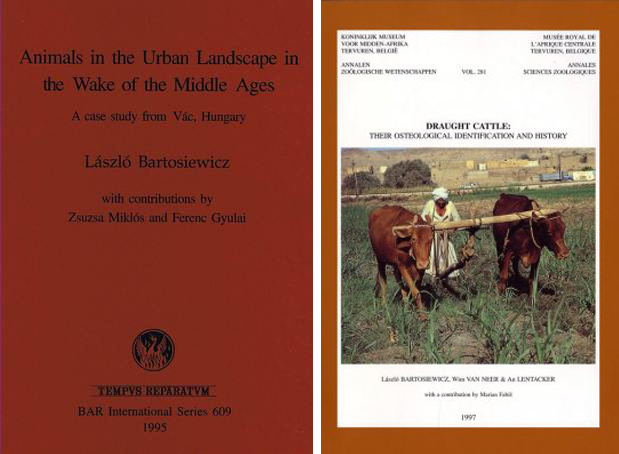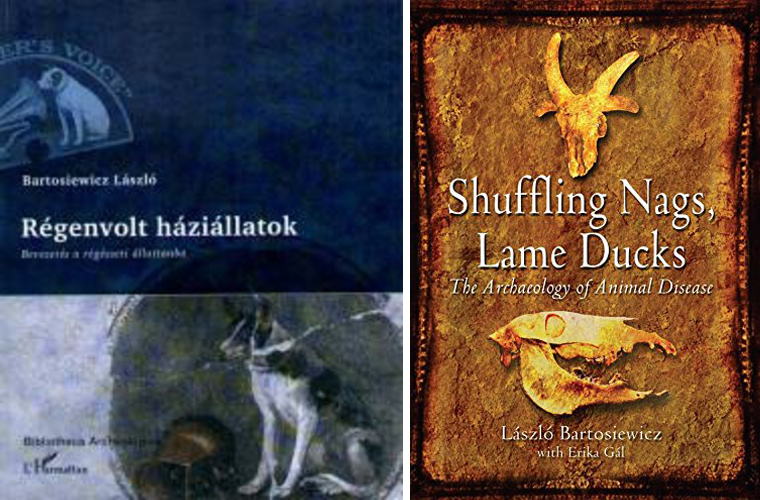
拉斯洛·巴尔托谢维奇(László Bartosiewicz)教授,国际著名动物考古学家,2006至2014年两届连任国际动物考古学会(ICAZ, International Council for Archaeozoology)主席,斯德哥尔摩大学考古学和古典学系教授。巴尔托谢维奇教授活跃在动物考古学的多个领域,研究方向包括肉食消费模式、家畜发展史、动物的文化意义、动物古病理等。他的研究具有文化人类学的视角,将动物视为古代物质文化的一部分加以分析,近年来尤其注重自然科学与文化历史信息的整合。已出版专著四本,发表学术文章两百余篇。
讲座详情
死马之医:埋藏与病理
Taphonomy and pathology: The proverbial “veterinary horse”
考古遗址中破碎的动物遗存为研究古代动物的病理增加了许多困难。然而,马的情况比较特殊,一方面它们在人类生活中的地位重要且不可取代,另一方面它们经常被用作牺牲或是陪葬品。因此,对于马的病理研究有着相对优越的背景条件。此次讲座将概括介绍对马骨遗存的古病理研究,尤其是骑马所造成的骨骼形态变化。
时间:10月18日15:00 – 17:00
地点:公司赛克勒考古与艺术博物馆206会议室

医马术:一百种病的放血点,德国纽伦堡铜版画,1639年
消逝如烟——考古中的气味
Disappears like smoke: smells in archaeology
生活中总是伴随着各种各样的气味。在考古遗址中密集的动物遗骸形成之初,生活在附近的人们最熟悉的恐怕是有机质分解散发出的臭味了。既然我们不能直接从遗物上研究气味本身,有没有什么迂回的方法呢?本次讲座将从理论的角度讨论气味的重要性,并将列举相关案例进行说明,例如动物产品的加工,以及吸烟。
时间:10月19日13:00 – 15:00
地点:十大网投靠谱平台(中国)有限公司新楼A105教室

现代贝丘,塞内加尔萨卢姆河三角洲
巴尔托谢维奇教授代表论著
著作
Bartosiewicz, L. 1995. Animals in the urban landscape in the wake of the Middle Ages.Tempus Reparatum, Oxford, British Archaeological Reports International Series 609, pp. 180.
Bartosiewicz, L.–Van Neer, W.–Lentacker, A. 1997. Draught cattle: their osteological identification and history. Koninklijk Museum voor Midden-Afrika, Annalen, Zoologische Wetenschappen Vol. 281. Monograph, pp. 147.
Bartosiewicz, L. 2006. Régenvolt háziállatok [Domestic animals in the past]. L’Harmattan, Budapest, pp.240.
Bartosiewicz, L. 2013. Shuffling nags, Lame ducks. The archaeology of animal disease. Oxford, Oxbow.


文章
Bartosiewicz, L. 2005. Plain talk: animals, environment and culture in the Neolithic of the Carpathian Basin and adjacent areas. In D. Bailey and A. Whittle eds.: (un)settling the Neolithic. Oxford, Oxbow Books: 51–63.
Bartosiewicz, L.–Van Neer, W.–Lentacker, A. 1993. Metapodial asymmetry in cattle. International Journal of Osteoarchaeology 3/2, London: 69–76.
Bartosiewicz, L. 2008. Taphonomy and palaeopathology in archaeozoology. Geobios 41/1: 69–77.
Bartosiewicz, L.–Boroneant, V.–Bonsall, C.–Stallibrass, S. 2001. New data on the prehistoric fauna of the Iron Gates: a case study fromSchela Cladovei, Romania. In R. Kertész–J. Makkay eds.: From the Mesolithic to the Neolithic. Archaeolingua, Budapest: 15–22.
Bartosiewicz, L. –Bonsall, C. –Şişu, V. 2008. Sturgeon fishing along the Middle and Lower Danube. In C. Bonsall–V. Boroneanţ–I. Radovanović eds.: The Iron Gates in Prehistory. New perspectives. British Archaeological Reports, International Series 1893: 39–54.
Bartosiewicz, L. 2003. “There is something rotten in the state…” Bad smells in Antiquity. Journal of European Archaeology 6/2: 171–191.
Bartosiewicz, L.–Bartosiewicz, G. 2002. "Bamboo spine" in a Migration Period horse from Hungary. Journal of Archaeological Science 29.8: 819–830.
Bartosiewicz, L. 2003. A millennium of migrations: Protohistoric mobile pastoralism in Hungary. In F. Wayne King–Charlotte M. Porter, eds.: Zooarchaeology: Papers to Honor Elizabeth S. Wing. Bulletin of the Florida Museum of Natural History vol. 44: 101–130.
Bartosiewicz, L. 2009. Lion’s share of attention: Archaeozoology and the historical record. Acta Archaeologica Academiae Scientiarum Hungariae 59: 759–773.
Bartosiewicz, L. 1997. This little piggy went to market... An archaeozoological study of modern meat values. Journal of European Archaeology 5.1: 170–182.